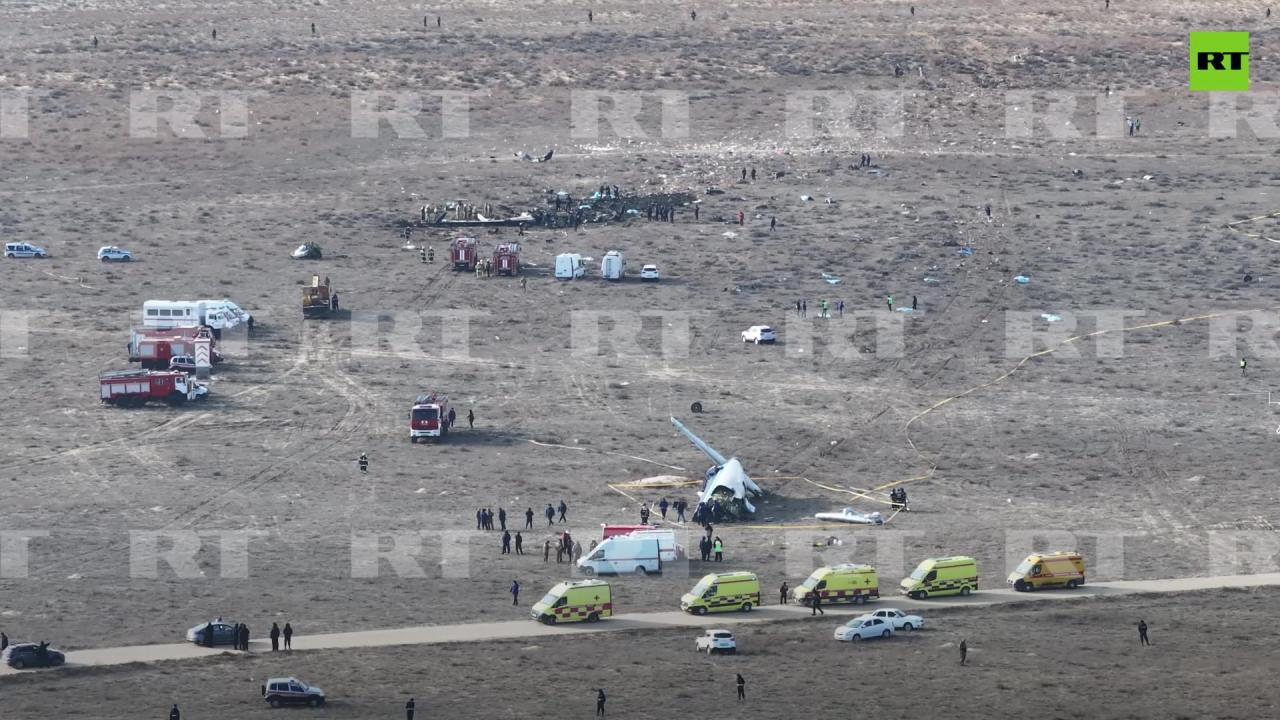Drone crash: These two words conjure images of falling technology, potential damage, and legal headaches. But understanding the causes of drone crashes—from mechanical malfunctions and software glitches to pilot error and environmental factors—is crucial for safe operation. This guide explores the various aspects of drone crashes, from prevention strategies and investigation procedures to the impact on individuals and businesses.
We’ll delve into real-world examples, highlighting the lessons learned from past incidents. By examining case studies and exploring preventative measures, we aim to equip you with the knowledge to minimize the risk of drone crashes and promote responsible drone use.
Drone Crash Causes
Understanding why drones crash is crucial for preventing future incidents. Several factors, often intertwined, contribute to these accidents. These range from mechanical issues and software malfunctions to human error and environmental conditions.
Mechanical Failures
Mechanical failures are a significant cause of drone crashes. These can include issues with the rotors, motors, or other critical components. Propeller damage, motor burnout, and gimbal malfunctions can all lead to loss of control and a subsequent crash. Regular maintenance and pre-flight checks are vital in mitigating these risks. For example, a cracked propeller might not be immediately noticeable but can lead to an imbalance and ultimately a crash during flight.
Software Glitches
Software glitches can severely compromise drone stability and functionality. Errors in the firmware, GPS signal loss, or communication problems between the drone and its controller can cause unexpected maneuvers and crashes. Keeping the drone’s software updated is crucial, as updates often address known bugs and improve overall stability. A sudden loss of GPS signal in a complex environment, for example, could lead to disorientation and a subsequent crash.
Human Error
Human error is a leading contributor to drone accidents. Inexperience, poor judgment, and negligence during operation can all lead to crashes. Examples include flying beyond visual line of sight (BVLOS), ignoring weather warnings, or failing to properly assess the flight environment. A pilot flying too close to obstacles, for instance, might lead to a collision and subsequent crash.
Environmental Factors
Environmental factors such as strong winds, heavy rain, or snow can significantly impact drone stability and control. High winds can push the drone off course, while rain or snow can interfere with sensors and electronics. Understanding and respecting weather conditions is paramount to safe drone operation. A sudden gust of wind, for example, could easily overwhelm a smaller drone and cause it to crash.
Drone Crash Comparison
| Cause | Frequency | Severity | Prevention Methods |
|---|---|---|---|
| Mechanical Failure | Moderate | Moderate to High | Regular maintenance, pre-flight checks |
| Software Glitch | Low to Moderate | Moderate to High | Software updates, redundancy systems |
| Human Error | High | Low to High | Pilot training, adherence to regulations |
| Environmental Factors | Moderate | Low to High | Weather awareness, appropriate flight planning |
Drone Crash Prevention Strategies
Implementing effective prevention strategies is essential to minimize the risk of drone crashes. This involves a multi-faceted approach, encompassing pre-flight checks, pilot training, and adherence to safety regulations.
Pre-Flight Checklist
A thorough pre-flight inspection is crucial for identifying potential problems before takeoff. This checklist should include:
- Visual inspection of the drone for any damage.
- Checking battery levels and ensuring proper connection.
- Testing the motors and propellers.
- Confirming GPS signal and controller connectivity.
- Reviewing weather conditions and assessing flight risks.
Pilot Training and Certification, Drone crash
Proper pilot training is vital for safe drone operation. Certification programs teach pilots about safe flight procedures, emergency response, and regulatory compliance. Experienced and certified pilots are far less likely to be involved in accidents.
Navigating Challenging Environments
Flying drones in complex environments requires extra caution and skill. Pilots should be aware of potential obstacles, wind conditions, and other hazards. Planning the flight path carefully and maintaining visual contact with the drone are essential.
Technological Advancements
Technological advancements are constantly improving drone safety. Features like obstacle avoidance systems, GPS redundancy, and fail-safe mechanisms can significantly reduce the risk of crashes. These technologies are increasingly becoming standard in modern drones.
Safety Regulations and Guidelines
Adhering to local and national regulations regarding drone operation is paramount. These regulations often cover aspects like flight restrictions, airspace limitations, and registration requirements. Compliance with these rules is not only essential for safety but also avoids legal penalties.
Impact of Drone Crashes
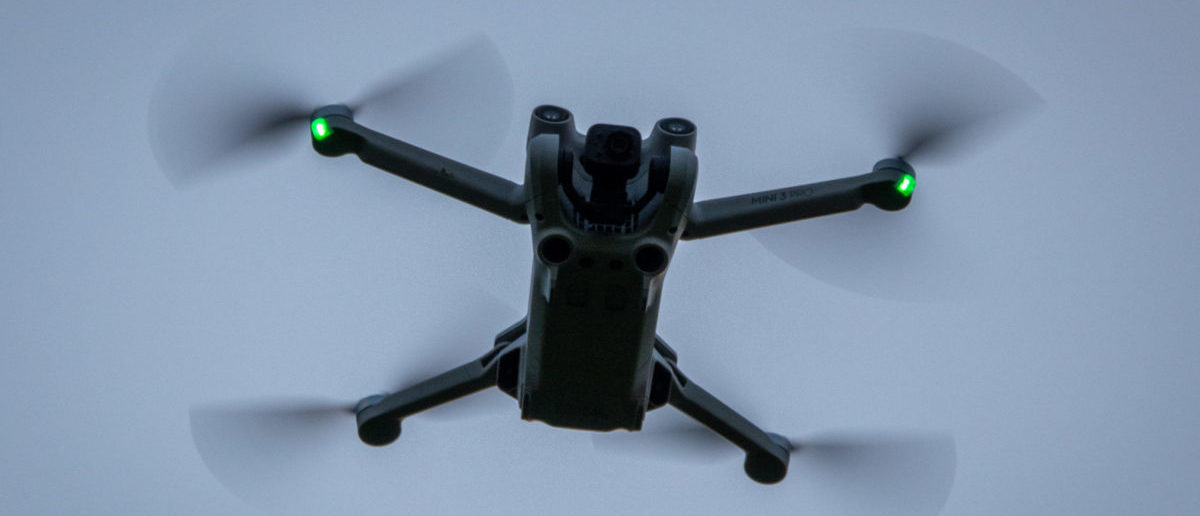
The consequences of drone crashes can be far-reaching, impacting property, people, and businesses. Understanding these potential impacts is crucial for promoting responsible drone operation.
Property Damage
Falling drones can cause significant damage to property, including buildings, vehicles, and other structures. The extent of the damage depends on the size and weight of the drone, as well as the impact speed and location.
Injury or Fatality
Drone crashes can result in serious injuries or even fatalities, particularly if the drone falls on a person or into a populated area. The weight and speed of a falling drone can cause significant trauma.
Legal and Regulatory Implications
Drone crashes can trigger legal and regulatory investigations. Depending on the severity of the incident, pilots may face fines, license suspension, or even criminal charges. Insurance claims and civil lawsuits are also possible outcomes.
Economic Consequences
Drone crashes can have significant economic consequences for both individuals and businesses. This can include repair costs, loss of equipment, legal fees, and potential loss of revenue.
Stakeholders Affected by Drone Crashes
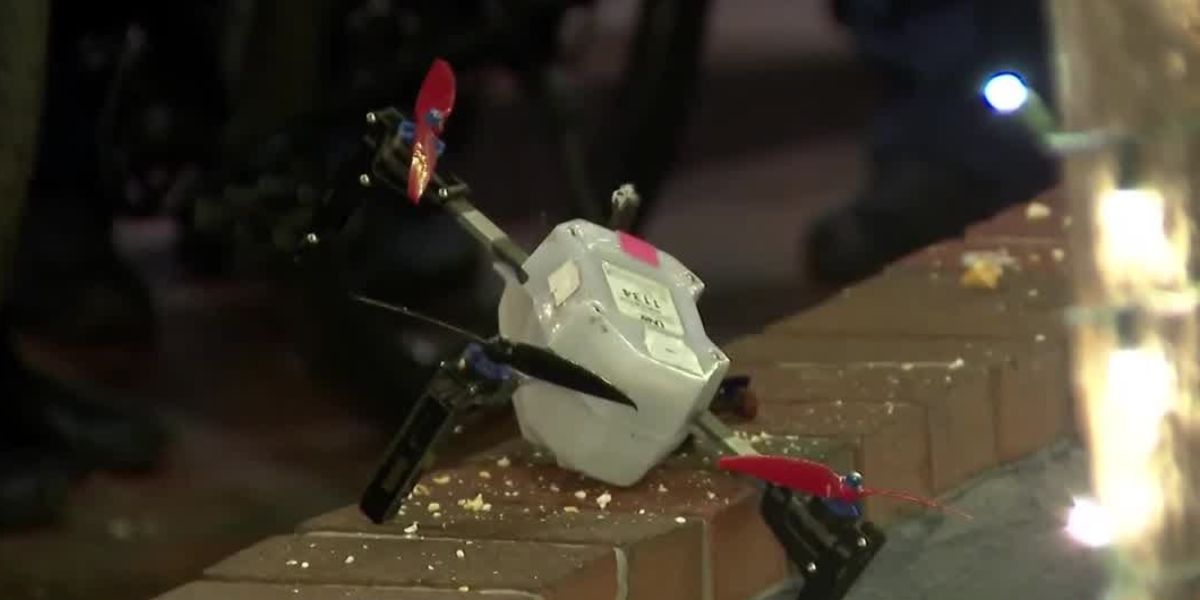
- Drone owners
- Bystanders
- Businesses
- Insurance companies
- Regulatory authorities
Drone Crash Investigation and Reporting
Proper investigation and reporting of drone crashes are essential for understanding the causes of accidents and preventing future incidents. A systematic approach is crucial to gather relevant information and determine the root cause.
Standard Investigation Procedures
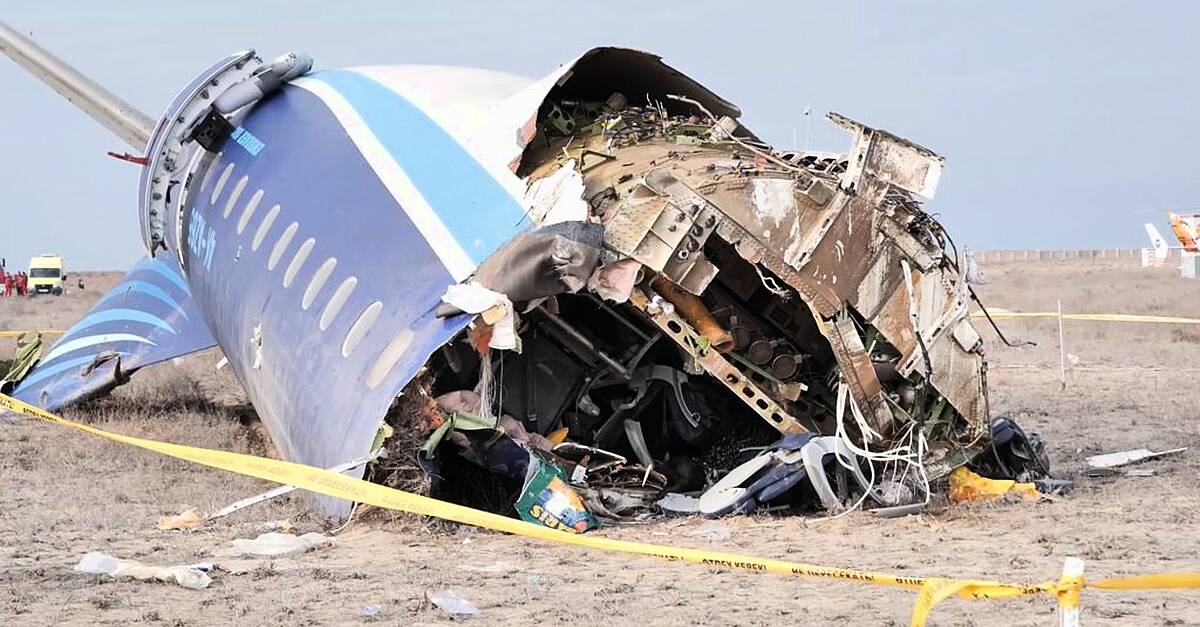
Investigations typically involve a thorough examination of the drone, its components, and flight logs. Witness statements and environmental data are also collected to reconstruct the events leading to the crash. Analyzing flight data recorders, if present, is crucial for understanding the drone’s trajectory and performance before the crash.
Reporting a Drone Crash
- Secure the crash site and ensure the safety of those involved.
- Contact the relevant authorities, such as local law enforcement or aviation authorities.
- Provide a detailed description of the incident, including the time, location, and circumstances of the crash.
- Preserve any evidence related to the crash, such as the damaged drone, flight logs, and witness statements.
- Cooperate fully with the investigation.
Information Collected During Investigation
Investigators typically collect a range of data, including:
- Drone model and serial number
- Flight logs and telemetry data
- Witness statements
- Weather conditions at the time of the crash
- Photographs and videos of the crash site and damaged drone
Data Sources for Drone Accident Analysis
Various data sources are utilized in analyzing drone accidents, including flight logs, GPS data, witness statements, and environmental data. These sources are used to reconstruct the flight path, identify potential contributing factors, and determine the root cause of the crash. Analyzing sensor data, such as gyroscope and accelerometer readings, can provide insights into the drone’s movements and stability before the crash.
Drone crashes can be a real bummer, especially if you’ve got expensive equipment involved. If you’re a Telus customer and need to report a damaged drone under your insurance, you might want to check out the telus loyalty phone number to see what coverage options you have. Knowing who to contact beforehand can really help you deal with the aftermath of a drone crash more smoothly.
Creating a Detailed Crash Report
A comprehensive crash report should include a detailed description of the incident, including the time, location, weather conditions, and circumstances of the crash. It should also include information about the drone, the pilot, and any witnesses. The report should analyze the potential contributing factors and conclude with recommendations for preventing similar accidents in the future.
Drone crashes can be a real headache, especially if you’ve got expensive equipment involved. If your drone’s damaged and you’re a Telus customer, check your coverage by calling the telus loyalty phone number to see about any potential insurance benefits. Getting it sorted quickly can save you a lot of hassle in the long run, getting your drone back in the air faster after that crash.
Drone Crash Case Studies
Analyzing real-world drone crash scenarios helps illustrate the various causes and consequences of these incidents, providing valuable lessons for future prevention strategies.
Case Study 1: GPS Signal Loss
In one instance, a drone crashed due to a sudden loss of GPS signal in a heavily wooded area. The lack of visual reference points combined with the loss of GPS navigation caused the drone to become disoriented and eventually crash into trees.
Case Study 2: Mid-Air Collision
Another incident involved a mid-air collision between two drones. The drones were operating in close proximity without sufficient separation, resulting in a collision that caused both drones to crash. This highlights the importance of maintaining awareness of other airborne objects.
Lessons Learned from a Significant Drone Crash
A significant drone crash involving a large commercial drone highlighted the need for more robust redundancy systems and improved pilot training. The investigation revealed that a software glitch combined with the pilot’s delayed response contributed to the accident.
Unusual Circumstances Crash
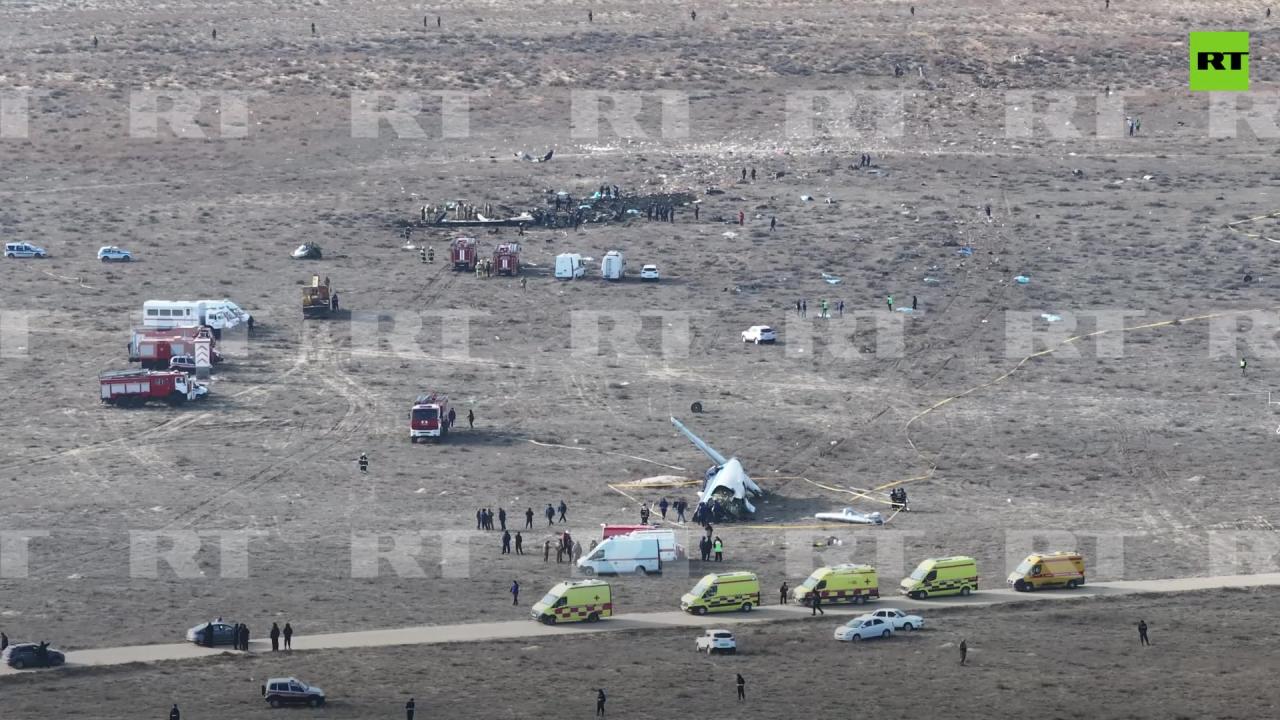
A drone crash occurred due to an unexpected interaction between a bird and the drone’s propellers. The bird became entangled in the rotors, causing a loss of control and a subsequent crash. This highlights the unforeseen challenges of operating drones in uncontrolled environments.
Notable Drone Crash Cases Summary
| Case | Date | Cause | Outcome |
|---|---|---|---|
| Case A | October 26, 2023 | Mechanical Failure | Minor Property Damage |
| Case B | November 15, 2023 | Pilot Error | Drone Lost |
| Case C | December 10, 2023 | Software Glitch | Major Property Damage |
Illustrative Examples of Drone Crash Scenarios
Visualizing different drone crash scenarios helps to reinforce the importance of safe operating procedures and highlights the potential consequences of various factors.
GPS Signal Loss Crash
Imagine a drone flying over a remote area with limited GPS signal. A sudden loss of GPS, perhaps due to interference or geographical limitations, could cause the drone to lose its position and orientation, leading to a uncontrolled descent and crash. Environmental factors such as tall buildings or dense foliage could exacerbate the situation.
Drone crashes can be frustrating, especially when you’re dealing with expensive equipment. To minimize the risk, it’s helpful to check out resources from reputable manufacturers like dji canada , which offer safety tips and tutorials. Understanding your drone’s limitations and practicing safe flight procedures is key to preventing those costly and annoying drone crashes.
Mid-Air Collision Crash
Envision two drones approaching each other at a high speed. A lack of communication or awareness between the pilots results in a direct collision, causing both drones to fall from the sky. The impact could cause significant damage to both drones and potentially injure bystanders if the crash occurs in a populated area.
Battery Failure Crash
Consider a drone operating at its maximum range. An unexpected battery failure, possibly due to age or improper charging, causes the drone to lose power mid-flight. This results in an uncontrolled descent and a crash, potentially leading to damage to the drone and any objects it collides with.
Human Error Crash
Picture a pilot flying a drone too close to a power line. A misjudgment of distance or a lapse in concentration results in the drone colliding with the power line, causing significant damage and potentially causing a power outage.
Populated Area Crash
Visualize a drone crashing into a crowded park. The drone, falling from a significant height, impacts the ground with considerable force. The scene is chaotic, with scattered debris and potential injuries among the bystanders. The aftermath includes damaged property, potential legal ramifications for the drone operator, and a widespread disruption to the public space.
Final Thoughts
Safe drone operation requires a multifaceted approach encompassing meticulous pre-flight checks, comprehensive pilot training, awareness of environmental conditions, and adherence to safety regulations. While drone crashes can have significant consequences, understanding their causes and implementing preventative strategies can greatly reduce the likelihood of accidents. Remember, responsible drone operation is not just about avoiding crashes; it’s about ensuring the safety of yourself, others, and your equipment.
Essential Questionnaire
What should I do immediately after a drone crash?
Ensure your safety and the safety of others. Secure the crash site if possible. Take photos and videos of the scene. Contact relevant authorities and your insurance provider.
How much does drone insurance typically cost?
The cost of drone insurance varies depending on factors like the drone’s value, the type of coverage, and your flight location. It’s best to get quotes from several insurers.
Are there specific regulations for reporting drone crashes?
Yes, regulations vary by country and region. Check with your local aviation authority for specific reporting requirements. Failure to report a crash can lead to penalties.
Can I repair my drone myself after a crash?
Minor repairs might be possible depending on your skills and the extent of the damage. However, for significant damage, it’s recommended to contact a qualified drone repair technician to ensure safe and proper functionality.
